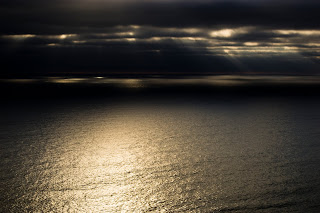















These montages, produced since 2003, complimented vacation-walks, mountain-hikes, architectural field trips and common urban strolls using fixed-zoom lenses. Almost incidental in nature, since a camera was always accessible during these outings – they were never preconceived as single snapshots or montages.
Montages or joiners1 are stronger representations of their subjects as they prevent image-distortion – a commonality produced by wide-angle lenses, and depict a realistic sense of the space and time. The flâneur-experience2 represented in the montages includes body parts of the photographer - a conscious addition to the panoramic subject.
1Hockney, David. (2009) Hockney on Art: Conversations with Paul Joyce. London: Little, Brown Book Group
2Walter Benjamin. (2002) The Arcades Project. Edited by Rolf Tiedemann. Translated by Howard Eiland and Kevin McLaughlin. New York: Belknap Press
© 2010 by Gautam Desai. All rights reserved





















